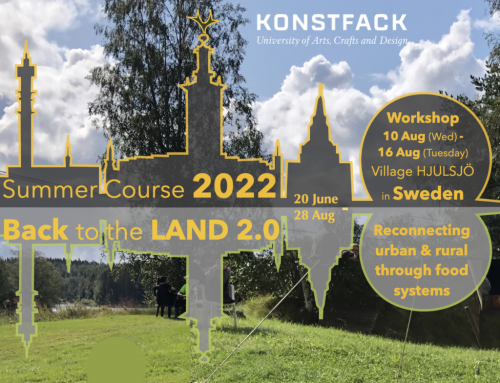What happens when citizens are able to ‘read’ product-specific information directly from a package’s RFID tag using a camera phone? Few business people that I’ve met have thought the consequences through. The widespread deployment of RFID tags is seen mainly as a way to improve the efficiency of supply webs – not as a way for customers to find out more about a product’s history. But consider the following: The Technical Research Centre of Finland (VTT), together with the University of Kuopio and the Helsinki School of Economics, have developed a prototype for a service that can help people make better food choices by reading product-specific information directly from a package. The service shows the energy and nutrition information of food, and also offers the possibility to use a food diary and an exercise calculator. But that’s just a start: that same infrastructure could be used to tell the readerphone-wielding citizen where the food came from, and when; how it was grown; what it was fed or sprinkled with; and so on. Finnish test groups experienced the pilot system as “rewarding”. But vicious fights for information control between citizen groups and corporations are inevitable when they realise that RFID tags have the potential to give more of the game away than might be comfortable for some players.



